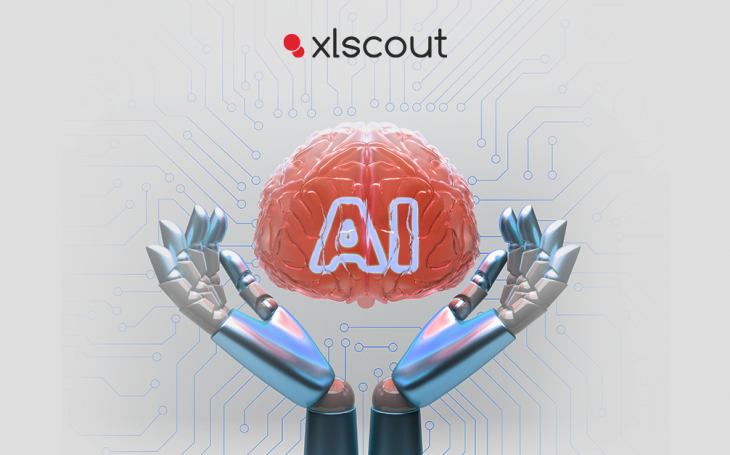
Prompt engineering is a natural language processing (NLP) concept that entails identifying inputs that result in desirable or useful outcomes. Prompting is similar to instructing the Genie in the Magic Lamp. In this case, the magical lamp is Generative AI, which can generate any kind of data you want.
What is Prompt Engineering?
The process of designing and optimizing prompts or inputs given to a machine learning model in order to generate desired outputs is referred to as “prompt engineering.” Prompts are the starting text that a model uses to generate text or answer questions in the context of natural language processing (NLP) and language models.
Prompt Engineering and GPT-3
GPT-3 generates text outputs by starting with the prompt and then applying its pre-trained knowledge to generate a continuation of the prompt. The quality of the output text generated by GPT-3 is heavily influenced by the prompt used as input.
Effective prompt engineering can assist GPT-3 in producing more accurate and relevant text outputs. This can include modifying the prompt’s length and complexity, which may include specific keywords or phrases, and formatting the prompt in a way that is customized to the specific task or application.
In some cases, prompt engineering may also entail fine-tuning the pre-trained GPT-3 model on a specific dataset to further optimize its performance for a specific task. Overall, prompt engineering is an important aspect of effectively using GPT-3 and other language models for natural language processing tasks.
In-context learning via prompting
In biology, emergence is an amazing property in which parts that come together as a result of their interactions exhibit new behaviors (called emergent) that are not visible on a smaller scale.
Even more incredible, the smaller scale version appears to be similar to the larger scale, because the larger scale has more parts and interactions, it eventually exhibits a completely different set of behaviors.
And no one can predict what this behavior will be.
That’s the beauty of scale (for better or worse)!
The AI Revolution
The most exciting aspect of the current AI revolution is the rise of emergent properties in machine learning models working at scale.
And it all began with the ability to train those AI models in an unsupervised manner. Indeed, unsupervised learning has been a key tenet of this AI revolution, and it has helped unhook the AI progress of recent years.
Prior to 2017, most AI relied on supervised learning via small, structured datasets to train machine learning models on very specific tasks.
Things began to change in 2017 with the introduction of a new architecture known as a transformer.
This new architecture could be used in conjunction with an unsupervised learning method. The machine-learning model could be trained on a large, unstructured dataset with a simple goal function: text-to-text prediction.
The exciting aspect is that, in order to learn how to properly perform a text-to-text prediction (which may appear to be a very simple task), the machine learning model began to learn a slew of patterns and heuristics based on the data on which it was trained.
As a result, the machine learning model was able to learn a wide range of tasks.
Rather than attempting to perform a single task, the large language model began to infer patterns from data and reuse those patterns when performing new tasks. This has been a fundamental revolution. Furthermore, another watershed moment revealed by the GPT-3 paper was the ability to prompt these models.
In short, it allows these models to learn more about a user’s context through natural language instruction. Consequently, drastically changing the model’s output.
This other aspect also emerged, as no one specifically requested it. Thus, we got in-context learning as a core, emergent property of current machine learning models through prompting.
The Most Interesting Part
AI experts did not develop the prompting feature. It was an emergent feature. In short, as these machine learning models were developed, prompting became the method for having the machine execute the inputs.
Nobody requested it; it just happened!

